5 gorgeous ‘no-fuss’ plants that thrive on next to no water
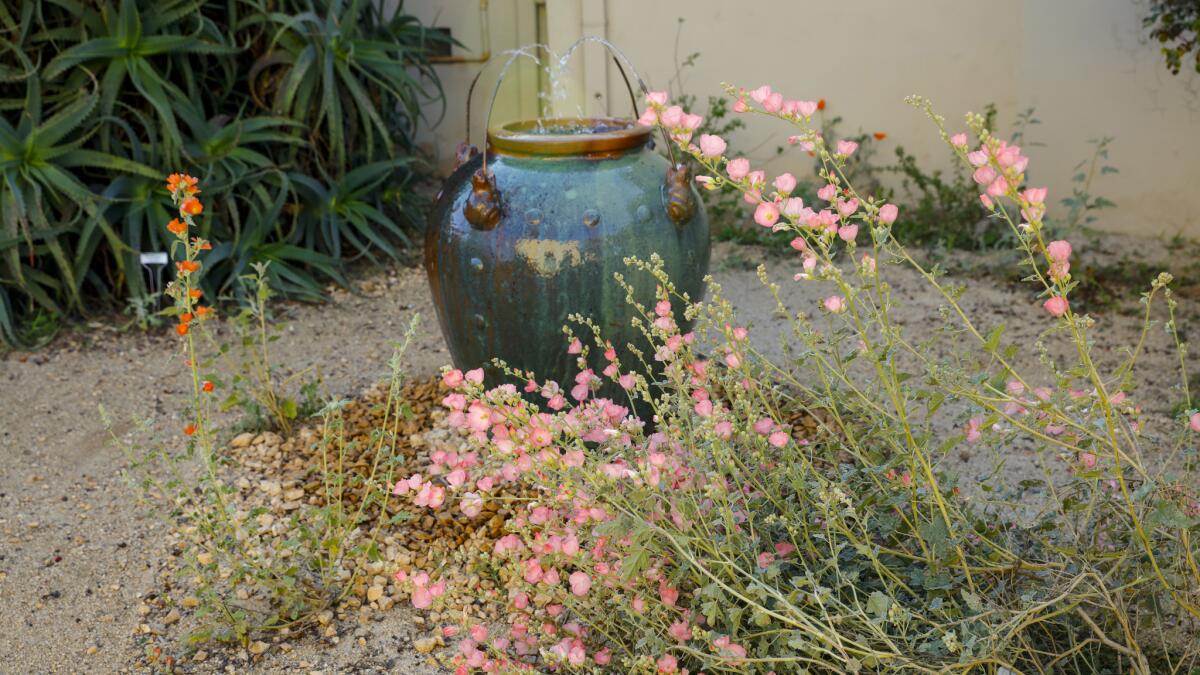
Not all California native plants are equal.
Some seem to thrive on neglect.
Call these the ‘no-fuss’ natives.
While such thrive-on-dry plants are sometimes touchy to establish, once settled they dislike extra water, mulching, fertilizing, and generally being fussed over. They prefer to be left alone.
And don’t plant them in the same hydro-zone (plants with the same watering needs) as other California natives and various average-water plants which take more water, as they’ll likely rot-out. Keep them in separate dry spots.
Oh, and local wildlife — butterflies, hummingbirds and bees — absolutely love them.
“Like humans, plants have their own circumstances in which they don’t just survive but thrive, when they do their very best,” says Mike Evans of San Juan Capistrano’s Tree of Life Nursery. “Not all native plants like the same treatment. It’s our job to know who likes what and then supply them with it.”
A handful “no-fuss” natives are below:
Globe Mallow or Apricot Mallow
Long wands of bright-orange cup-shaped flowers resemble a hollyhock and bring a bright blast of beautiful apricot orange to reddish “globe” flowers in mid-summer. It’s a native wildflower to the Mojave and Sonoran Southern California deserts and other Southwest areas of Nevada, Utah, Arizona and northern Mexico. Known by many common names: Desert Mallow, Desert Hollyhock, Sore-eye Poppy; there are nine Globe Mallow species in California. Pro tip: Thrives in clay soil. It’s the most drought-resistant of the Mallow family, and is easy to grow.
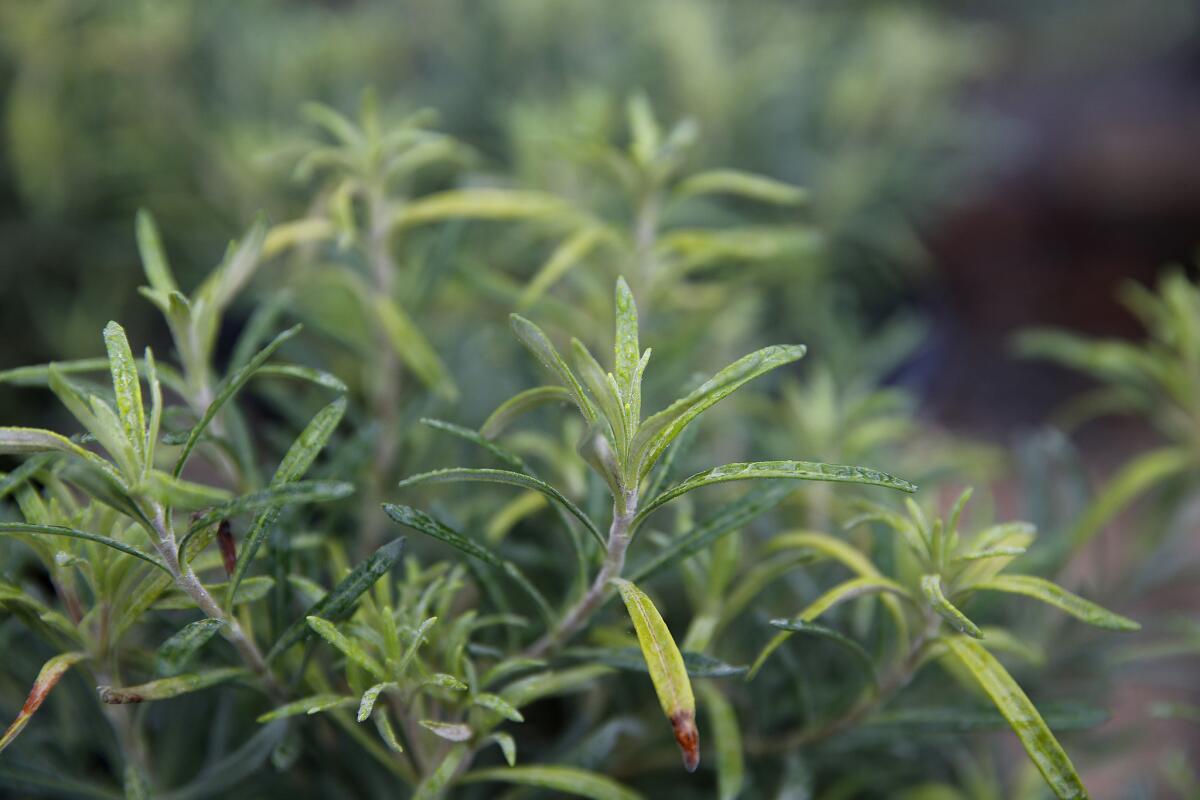
Buckwheat
Many California native buckwheats thrive on arid conditions. One of California’s largest genuses with over 125 species, it’s found from coast to beaches to mountains to deserts. A low-to-medium-size shrub, flowers have large, creamy white, pink or yellow clusters with seed heads ripening to a coppery chocolate-brown in late summer and fall. A smash hit with wildlife, California buckwheat is about 3 to 4 feet tall and wide. Pro tip: Coastal, low-growing cultivars Warriner Lytle and Dana Point stand out along with Santa Cruz Island, St. Catherine’s Lace and Red Buckwheat.
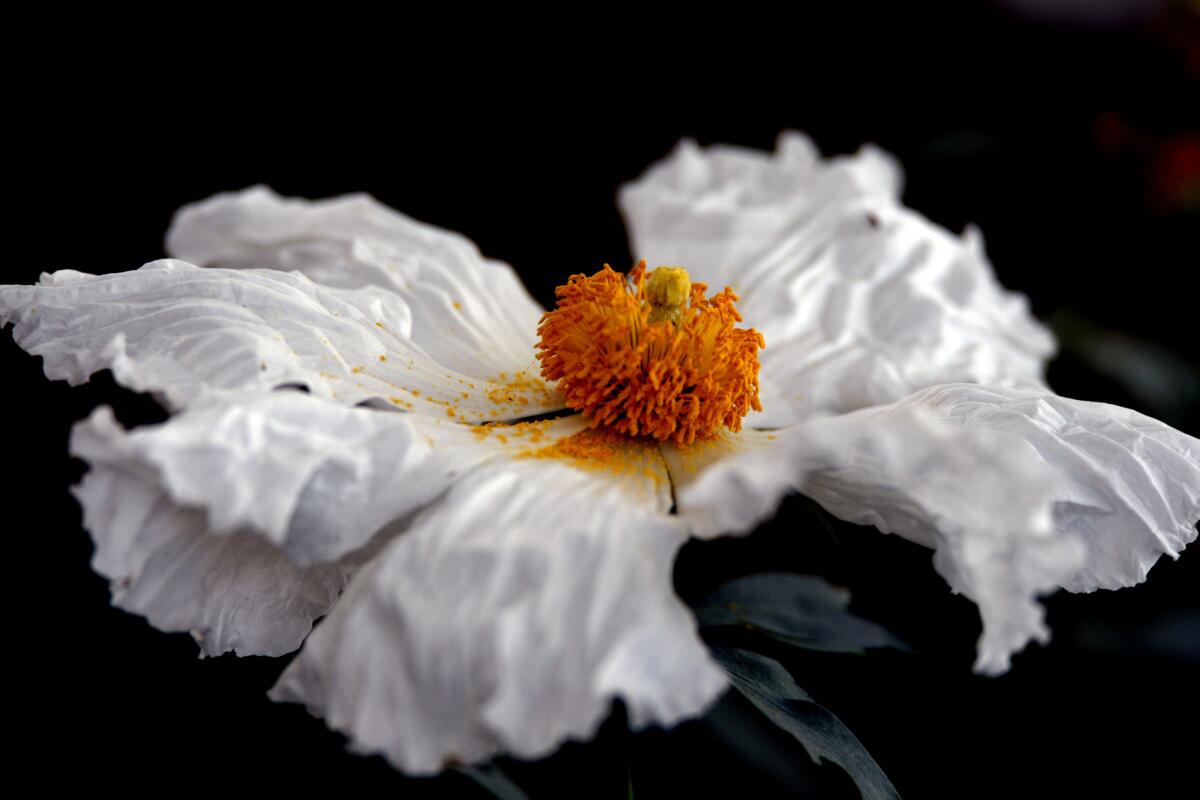
Matilija Poppy
Matilija Poppies, or California Tree Poppies, are tough to establish but if happy can be difficult to contain; they grow prolifically from underground rhizomes. Found naturally in Southern and Baja California they’re best planted in fall or winter with extra water just once weekly through their first summer. To keep them in check, plant a ground barrier around the roots. Its Alice-in-Wonderland oversized, white fried-egg flowers are the largest of any California native and got it nominated as the state flower in 1890, though lost to its cousin, the California poppy. Pro tip: Cut down to 3 inches to 4 inches in winter and it will bloom again in spring. Romenya trichocalyx is a slightly smaller-flowered, more bristly species.
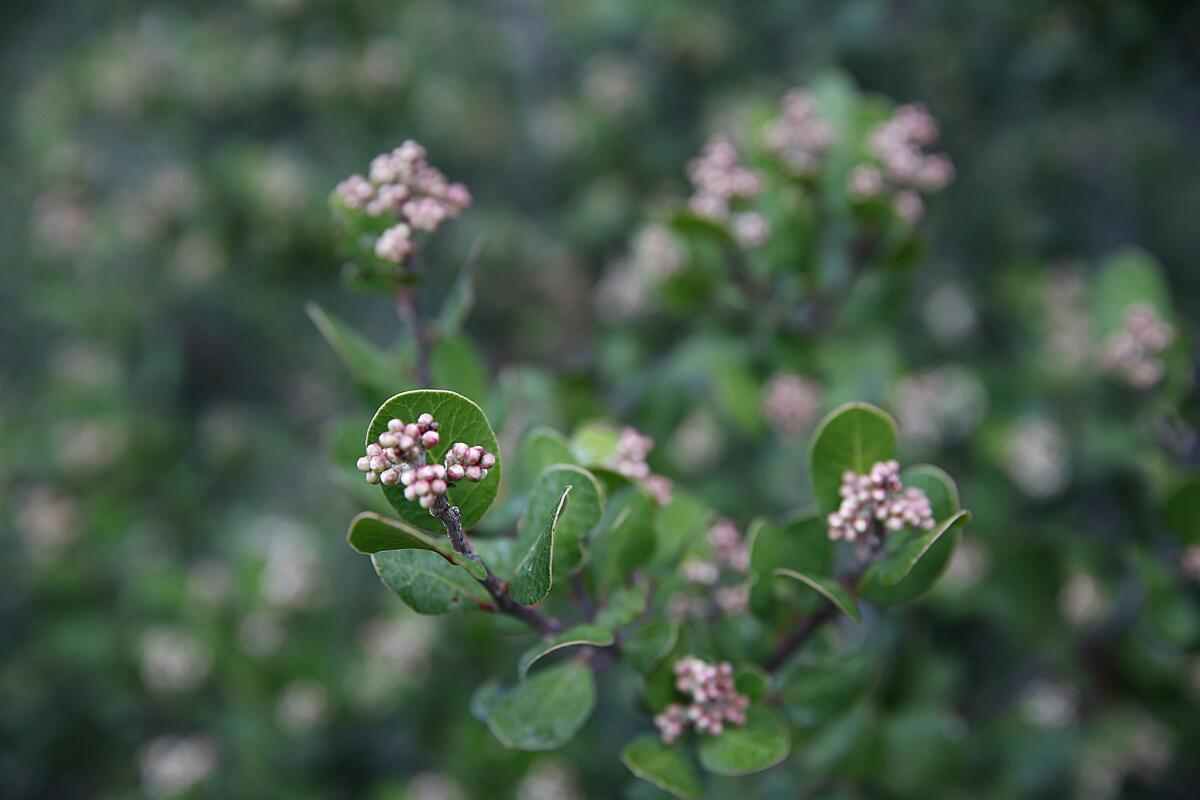
Lemonade berry
An evergreen shrub to small tree that grows in coastal sage scrub and chaparral of Southern to Baja California (and a bit into Arizona). Thick and waxy leaves allow it to remain green during long, dry summers. It grows larger inland (up to 8 feet) than its 2 inches to 3 inches size at the coast. Use on hillsides for erosion control, as clipped hedges or espaliered. Pale, pretty, small, white rose-pink flowers, in tightly grouped clusters, bloom February to May, followed by red kernel-like seeds covered in a pale gooey sour-lemon coating. Pro tip: If you live in fire-prone areas, give it an extra-deep watering once a month between the shrubs to reduce fire risk.
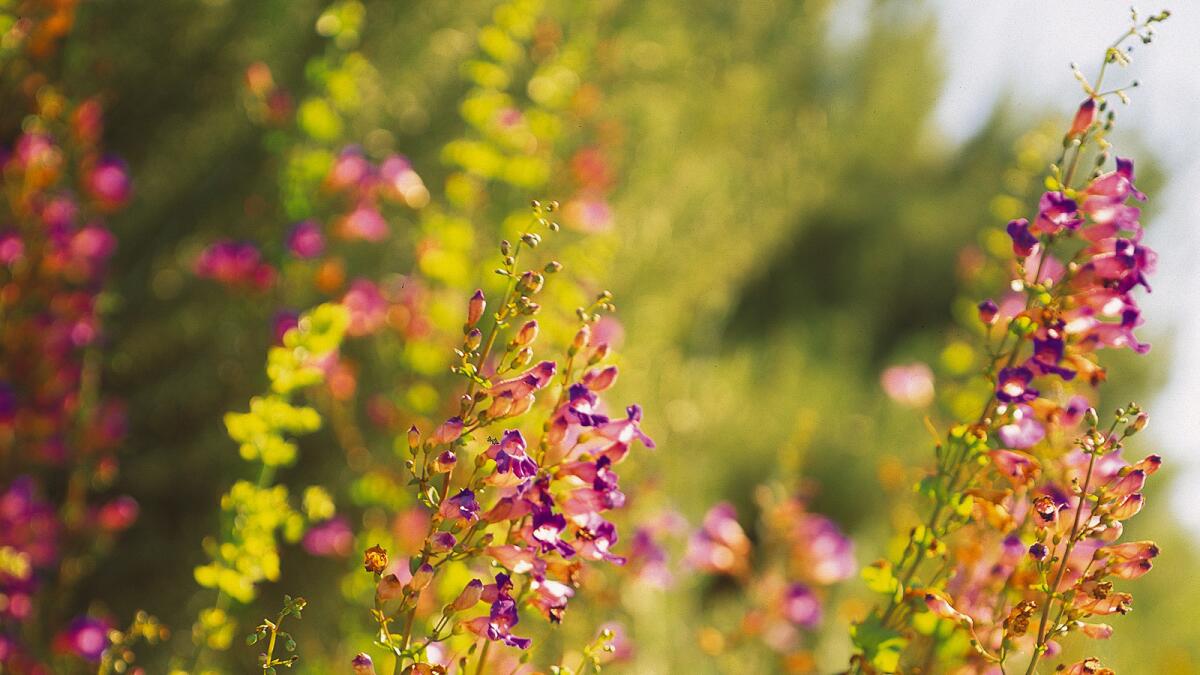
Showy Penstemon
This upright perennial Californian native herb boasts flashy lavender flowers April through June. An easy, non-fussy plant, it blooms as befits its name, with profuse “showy” flowers. Do not overwater; yet a once-a-month summer water will make it flower more abundantly, though can also make it shorter-lived (though it generally lives only about 5 to 10 years in best circumstances). Pro tip: Best to plant in the cool fall season. Great choice for a wildflower garden as birds, hummingbirds and bees adore it.
For an easy way to follow the L.A. scene, bookmark L.A. at Home and join us on our Facebook page for home design, Twitter and Pinterest.
ALSO:
Photos: Ready to scratch the grass? Here are 27 inspiring lawn-free yards
How to landscape with pavers that are low on water, high on appeal
Go inside One Gun Ranch, a gorgeous Malibu oasis where alpacas roam free






